Smoky, Spicy, and Simply Addictive: What Are Chipotle Chiles in Adobo Sauce?
Introduction: The Fiery Secret in a Can
If you've ever wandered through the spice aisle and spotted a can of chipotle chiles in adobo sauce, you might have wondered what exactly is inside. Spoiler alert: it's not just chili peppers in fancy dressing. This humble can holds a world of flavor that’s smoky, spicy, slightly sweet—and utterly transformative.
In this deep dive into one of the most versatile ingredients in global spice traditions, we’ll explore everything from their origins to how to incorporate them into your everyday cooking with some pro tips along the way.
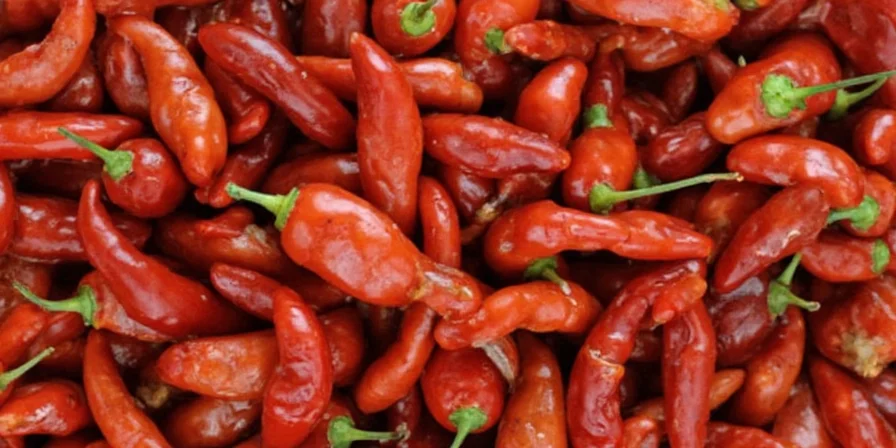
What Exactly Are Chipotle Chiles in Adobo Sauce?
Let’s break it down:
- Chipotle chiles: These are smoked and dried jalapeño peppers.
- Adobo sauce: A tangy, slightly sweet red sauce made from tomatoes, vinegar, garlic, and spices like oregano and cumin.
Put them together, and you’ve got a canned condiment that punches way above its weight in flavor.
A Flavor Profile You Can’t Ignore
| Flavor Component | Description |
|---|---|
| Heat Level | Mild to medium (depending on usage) |
| Smokiness | High – thanks to the smoking process |
| Sweetness | Moderate – comes from adobo sauce |
| Tanginess | Noticeable – thanks to vinegar and tomatoes |
The History Behind the Heat
While modern cans may be a convenience store staple now, chipotles have roots stretching back to pre-Columbian Mexico. Drying jalapeños over smoke was a traditional method used by indigenous communities to preserve food before refrigeration.
The adobo sauce? That’s more of a Spanish influence, originally used to preserve meats. The two were eventually combined, and voilà—a culinary match made in flavor heaven!
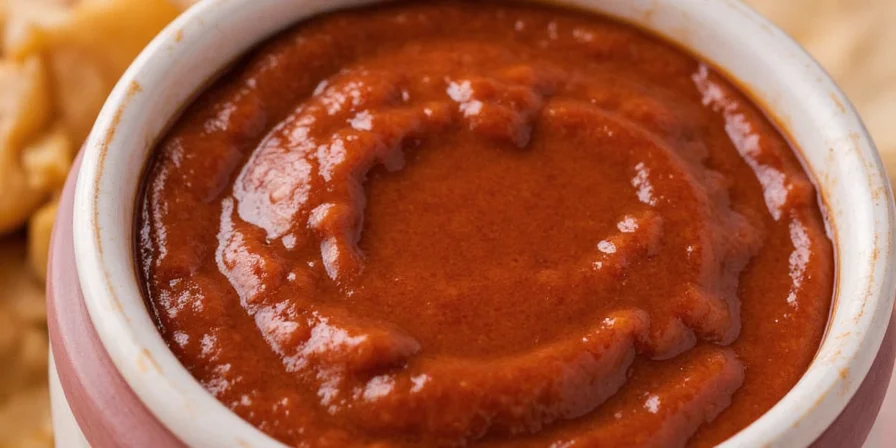
5 Practical Ways to Use Chipotle Chiles in Adobo Sauce
You don’t need to be a professional chef to get the most out of this ingredient. Here are five easy, delicious ways to add that smoky kick to your meals:
- Stir Into Soups or Stews: Mashed chipotle adds depth to tomato-based soups, lentil stews, or even mac & cheese.
- Blend Into Sauces: Make a killer chipotle mayo by mixing finely chopped peppers with mayo, lime juice, and a dash of salt.
- Spice Up Marinades: Combine mashed chipotle with olive oil, garlic, and citrus for an unforgettable marinade for chicken or tofu.
- Add to Beans: Black beans go from boring to bold when simmered with a spoonful of adobo sauce.
- Make Your Own Hot Sauce: Puree the contents of the can with a little vinegar and honey for a customizable hot sauce that slaps.
Pro Tip:
Use sparingly at first—these pack a punch! Start with half a pepper and adjust as needed.
Substitutes When You’re Out of Chipotles
We’ve all been there—mid-recipe panic because you're out of a key ingredient. If chipotle chiles in adobo sauce aren’t in your pantry today, here are some alternatives to consider:
- Powdered Subs: Smoked paprika mixed with a bit of cayenne pepper can mimic the smoky heat.
- Other Canned Peppers: Ancho or guajillo peppers in adobo won’t give the same smokiness but will offer similar sweetness and depth.
- Chipotle Powder: Use ½ teaspoon powder per pepper called for in the recipe.
- Dried Chipotles: Rehydrate them in hot water or broth before using.
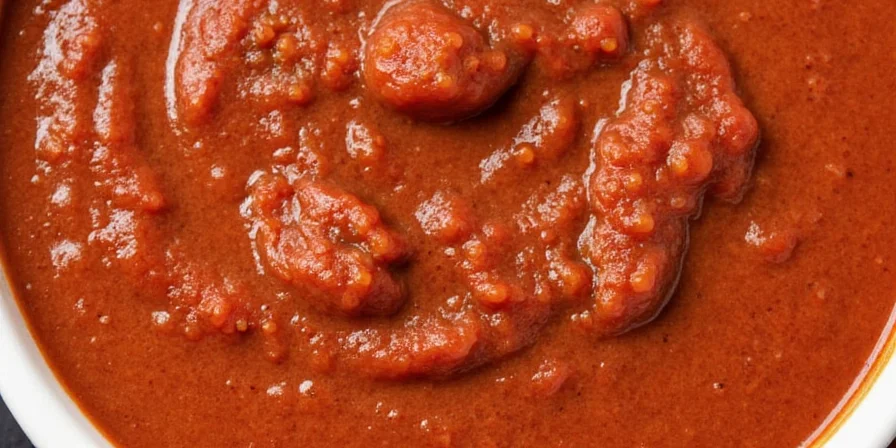
How to Store Leftover Chipotle Chiles
Once opened, chipotle chiles can last quite a while—if you store them right.
- Refrigerator Storage: Transfer remaining chiles and sauce to an airtight container and keep in the fridge for up to 2 weeks.
- Freezing Tips: Chop the chiles and freeze them in ice cube trays with a splash of adobo sauce. Pop out cubes as needed!
- Preserve Like a Pro: Layer extra chiles in a small jar and cover completely with olive oil. They'll keep for months in the fridge and add rich flavor to future dishes.
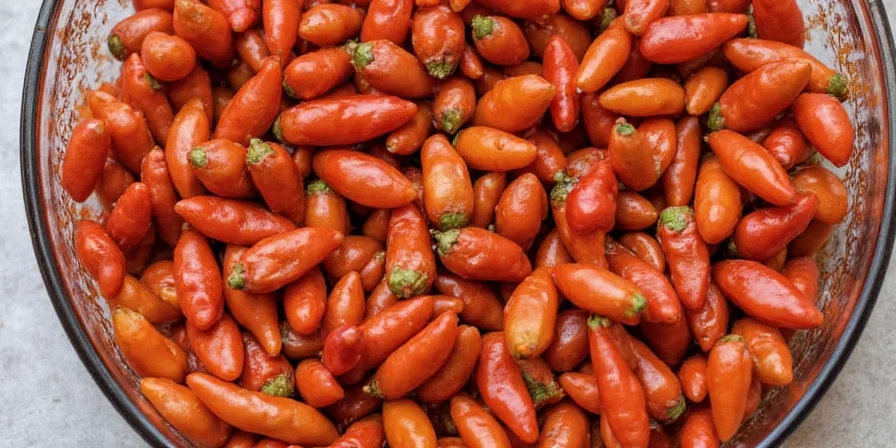
Global Spice Traditions: Chipotle Goes Global
Though chipotle chiles have deep roots in Mexican cuisine, their smoky complexity has found homes in kitchens around the globe. From American barbecue sauces to Indian-inspired grilled kebabs, chefs worldwide are incorporating these peppers to elevate flavor profiles.
In Japan, for instance, chipotle-infused mayonnaise is showing up on burgers and sushi rolls. In Italy, chefs experiment by blending it into creamy pasta sauces for a twist on carbonara.
It’s a prime example of how a single ingredient can transcend borders and spice up global cuisine—one smoky bite at a time.
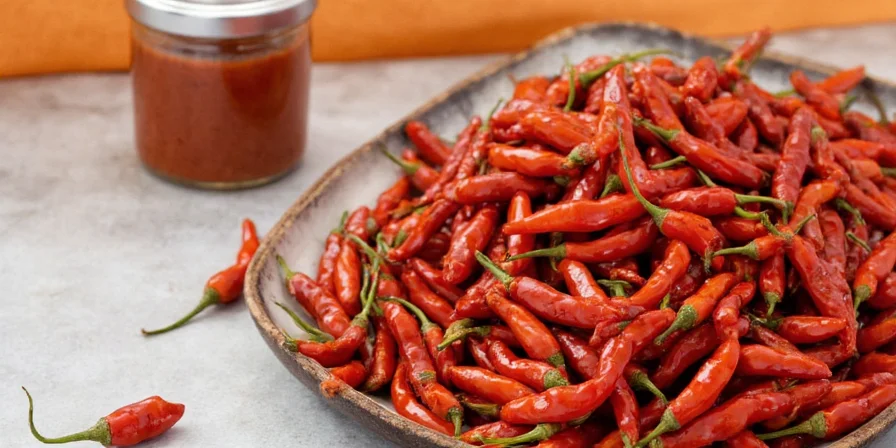
Final Thoughts: Why Every Kitchen Should Have a Can
Whether you’re looking to jazz up your weeknight dinner routine or impress guests with a fiery twist on a classic dish, chipotle chiles in adobo sauce deserve a permanent spot in your pantry.
They’re affordable, long-lasting, and incredibly versatile. With just a few spoonfuls, you can transform the ordinary into the extraordinary—no passport required.
Conclusion: One Can, Infinite Flavors
From ancient smoke-drying techniques to modern-day fusion cuisine, chipotle chiles in adobo sauce are a testament to the power of flavor preservation and evolution. Whether you’re a seasoned chef or someone who just wants to spice up Tuesday night tacos, this simple can is your secret weapon.
So next time you see it sitting quietly on the shelf, remember—it’s not just another canned good. It’s a flavor bomb waiting to explode in your kitchen.

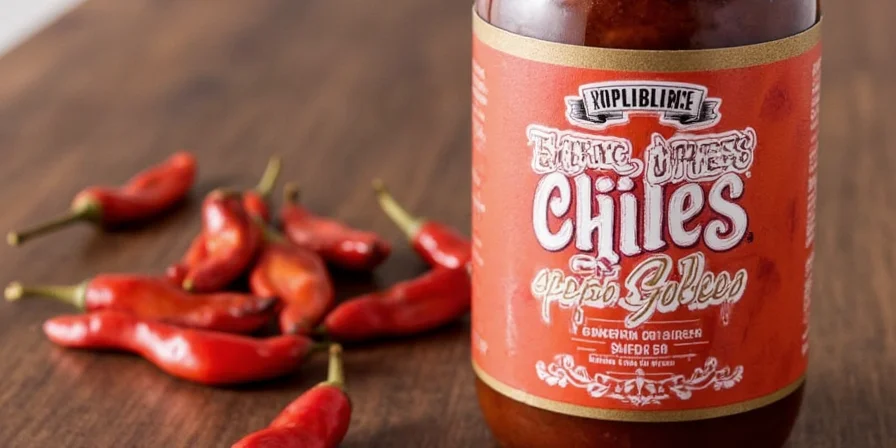









 浙公网安备
33010002000092号
浙公网安备
33010002000092号 浙B2-20120091-4
浙B2-20120091-4